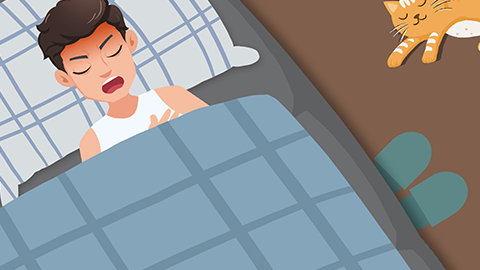What are the early manifestations of tuberculous meningitis?
Generally, as an inflammatory disease caused by Mycobacterium tuberculosis invading the meninges, the early manifestations of tuberculous meningitis mainly include headache, low-grade fever, altered mental status, meningeal irritation signs, and general malaise. A detailed analysis is as follows:

1. Headache: Headache is a common early manifestation of tuberculous meningitis, often presenting as persistent dull or throbbing pain that gradually worsens, particularly noticeable in the morning or after rest. Some patients may experience headache accompanied by nausea, and the pain may become severe as the disease progresses.
2. Low-grade fever: Patients often develop a low-grade fever in the early stages, with body temperature typically ranging between 37.5–38°C. The fever is usually persistent, more pronounced in the afternoon or at night, and may slightly subside in the morning. Chills typically do not accompany the fever, and some patients may only experience mild fatigue.
3. Altered mental status: Early-stage patients may exhibit changes in mental status, such as lethargy, somnolence, difficulty concentrating, and reduced interest in daily activities. Some patients may experience mood fluctuations, such as irritability, anger, anxiety, or uneasiness.
4. Meningeal irritation signs: Mild meningeal irritation signs may appear in the early phase, with nuchal rigidity being common. Patients may experience stiff neck muscles when lowering their head, making it difficult to touch the chest with the chin. Some patients may test positive for Kernig's sign, which manifests as leg pain or increased resistance when extending the leg after hip and knee flexion in the supine position.
5. General malaise: Patients may experience associated symptoms such as reduced appetite and mild weight loss. Some individuals may suffer from night sweats—sweating during sleep that stops upon waking. A few patients may develop mild vomiting, often projectile vomiting, related to a slight increase in intracranial pressure.
If patients exhibit the above-mentioned symptoms, they should seek medical attention early for cerebrospinal fluid analysis, neuroimaging, and other necessary examinations to achieve prompt diagnosis. It is important to ensure adequate rest, avoid excessive fatigue, maintain a balanced diet, enhance immune function, and actively cooperate with physicians in implementing standardized treatment to prevent further disease progression.





